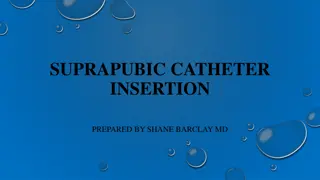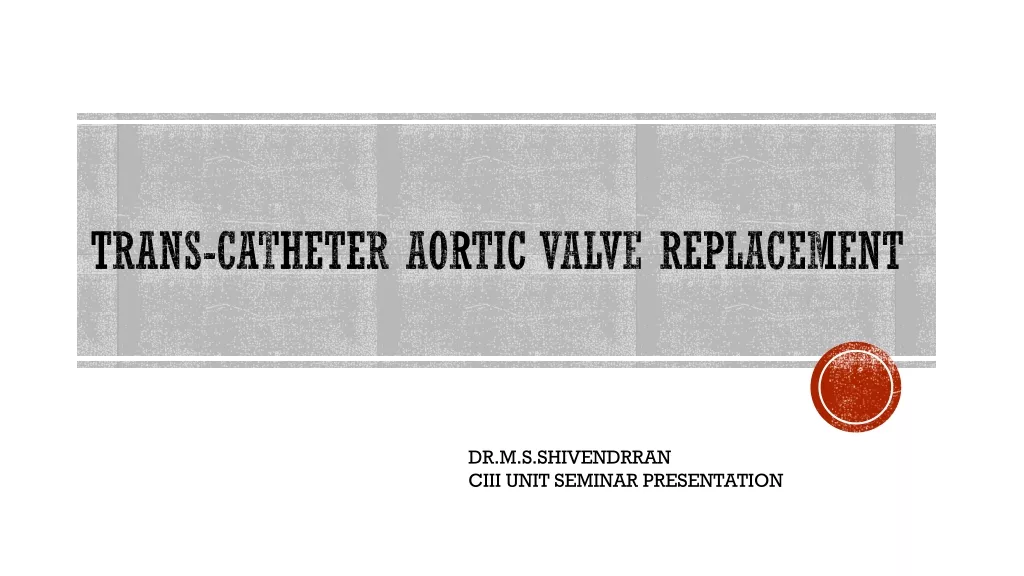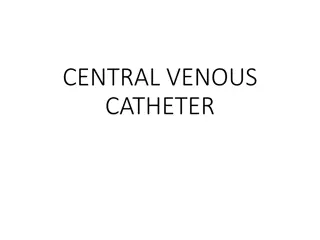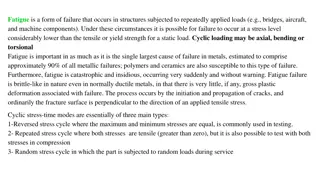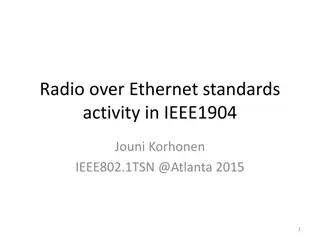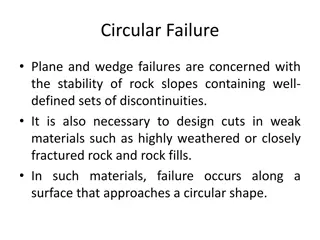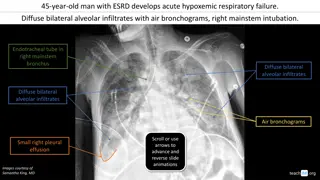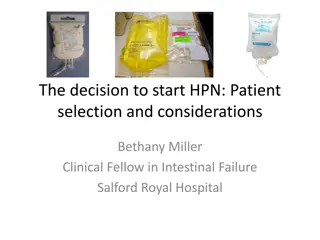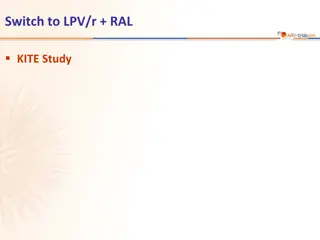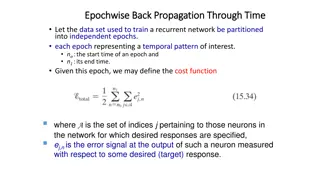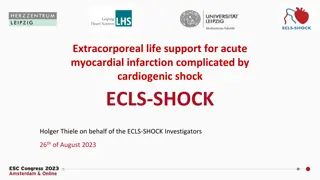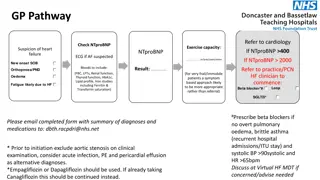Case Study: Recurrent Outflow Failure and Catheter Encapsulation in PD Patient
Case study of a 69-year-old patient with hypertensive nephrosclerosis experiencing recurrent outflow failure and encapsulation of a PD catheter. Initial difficulties with catheter placement led to multiple instances of pain on inflow/outflow, necessitating repositioning and replacement procedures. Encapsulation was observed around the omental space and liver, with communication issues to the peritoneum. Despite various interventions, the patient continued to face challenges with fluid tolerance and drainage.
Download Presentation

Please find below an Image/Link to download the presentation.
The content on the website is provided AS IS for your information and personal use only. It may not be sold, licensed, or shared on other websites without obtaining consent from the author. Download presentation by click this link. If you encounter any issues during the download, it is possible that the publisher has removed the file from their server.
E N D
Presentation Transcript
Recurrent Outflow Failure and Encapsulation of a PD Catheter in One Patient ASDIN Blog Entry 2016 Stephen R. Ash, MD, FACP Nephrology, Indiana University Health Arnett, and Ash Access Technology, Lafayette, Indiana.
Patient History and first outflow failure with inflow pain 69 year old patient with hypertensive nephrosclerosis started on hemodialysis in 2010 Failure of several attempts to create AV fistula. First PD catheter placed surgically 4/11, without difficulty, lateral border of rectus on left side. By 5/11 had pain with inflow/outflow of PD fluid, limited volume exchange. Encapsulation of catheter was seen with IP dye injection. Attempts at passing guidewire were painful and this procedure was abandoned. In 7/11 PD cath was repositioned laparoscopically from mid-abd level and fibrous plug removed. Lots of omentum was seen but no omentopexy was done. PD continued without problems except intermittent nausea and vomiting until 5/12.
Pain on inflow and outflow of flushes 5/11, pain with attempted reposition
Second outflow failure with inflow pain 5/12 had pain in LUQ with inflow, and greatly diminished fluid tolerance and outflow volume Reposition planned. Dye injection indicated again an encapsulation of the PD catheter by omental space, and little communication of encapsulated area to the peritoneum. New PD catheter placed peritoneoscopically on right with coil in left lower abdomen and old catheter removed. No adhesions were seen in the peritoneum but a large amount of omental tissue was seen. Catheter in LUQ was not visualized.
5/12 some dye progressed to around spleen, none returned
Third outflow failure with inflow pain PD continued uneventfully until 11/12 Day before Thanksgiving, patient had RUQ pain with inflow and limited outflow drainage. Dye injection indicated again encapsulation of the PD catheter by omentum, this time around the liver. There was no communication of encapsulated area to the peritoneum.
11/12 all dye was trapped in a space around the liver
Questions 1. What is the cause of all three outflow failures? 2. What is your next step to provide dialysis for this patient?


